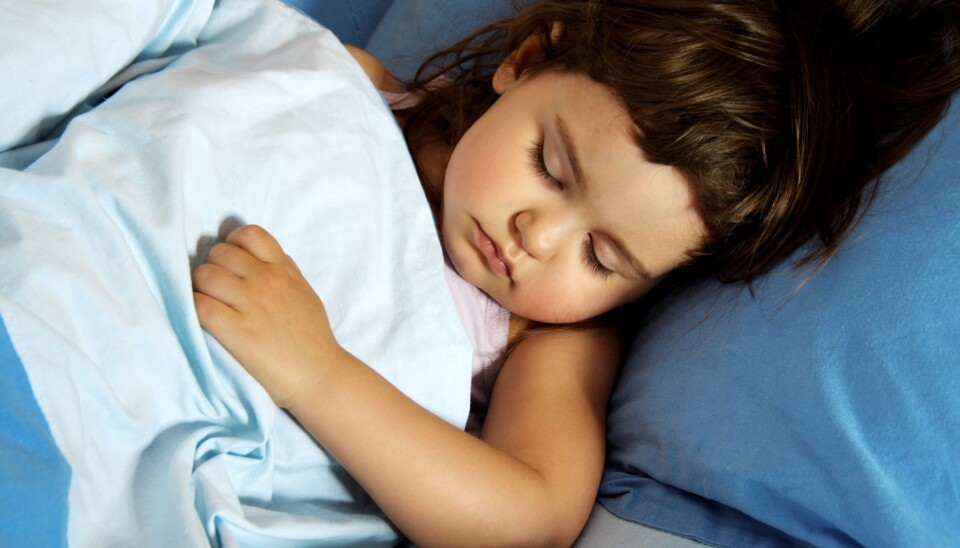
High excess mortality among kids with sleep apnoea
A study of 3,000 children with obstructive sleep apnoea reveals that these kids are 6.5 times more likely to die prematurely than other children.
Children who suffer obstructive sleep apnoea experience repetitive pauses in breathing during sleep. This interrupts their sleep, which can lead to irritability, poor concentration and slower growth.
However, these children often have other and more serious ailments to deal with.
A new study reveals that children with obstructive sleep apnoea have a 6.5 times higher mortality rate than other children.
Results surprised researchers
”This is the first systematic study of mortality after children have been diagnosed [with obstructive sleep apnoea], and we were surprised to see that it was this high,” says the lead author of the study, Professor Poul Jørgen Jennum, the head of research at the Clinical Neurophysiological Research Unit at Glostrup Hospital, Denmark.
“Our study also shows that children with sleep apnoea are more prone to illness – both before and after being diagnosed.”
We know that sleep apnoea in itself is dangerous, but often there are other diseases too, and that may be where the explanation for the high mortality rates can be found.
The study is published in the journal Thorax.
Long pauses in breathing
Sleep apnoea is characterised by long pauses in breathing or instances of very low breathing during sleep.
These pauses can last up to a full two minutes and can occur hundreds of times over the course of one night.
Sleep apnoea can occur on its own, but it is frequently described as an ‘accompanying disease’, as it is often accompanied by other serious diseases.
This is one of the reasons why it is so hard to figure out why these children lose their lives.
“We cannot say with certainty what it is that kills these children,” says Jennum. “We know that sleep apnoea in itself is dangerous, but often there are other diseases too, and that may be where the explanation for the high mortality rates can be found.”
Obesity has become an increasingly prevalent cause of sleep apnoea. In rare cases, sleep apnoea is caused by neurological or genetic disorders, he explains.
Sharper focus required
Children with sleep apnoea often experience learning difficulties and an erratic appetite as a consequence of the constant interruption of their sleep.
Since they rarely or never reach REM sleep, they do not produce sufficient amounts of growth hormones. This is why they are usually shorter, on average, than other children.
The long pauses in breathing also strain the heart and may in the worst case cause brain damage.
If the underlying cause of the sleep apnoea can be removed, the children will grow taller.
“Our study suggests that many children with sleep apnoea are probably not being diagnosed and treated correctly,” says Jennum.
--------------------
Read the Danish version of this article at videnskab.dk








